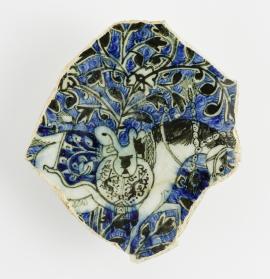A Cosmopolitan City: Muslims, Christians, and Jews in Old Cairo
Tasha Vorderstrasse
Join exhibit co-curator Tasha Vorderstrasse for a program on A Cosmopolitan City: Muslims, Christians, and Jews in Old Cairo, the new special exhibit at the Oriental Institute Museum. She will give background on how the exhibit was conceptualized and the research that led to many major discoveries in the collection of the museum. The exhibit shows how people of different faiths created a vibrant multi-cultural community in Old Cairo (also known as Fustat) in the 7th to 12th centuries AD. Artifacts include a carved door of the Ark of the Ben Ezra Synagogue and recently rediscovered manuscripts from its famous Genizah repository, rare Arabic administrative documents, and the oldest known manuscript of Arabian Nights. The exhibit explores administration, business and industry, family life, dress and personal adornment.
Exhibit dates: February 17 – September 13, 2015 at the Oriental Institute Museum
Tasha Vorderstrasse is a research associate at the Oriental Institute and a specialist in the material culture of the Near East, the Caucasus, and Central Asia and the relationships between these areas and China. She has excavated extensively in the Middle East and is currently the co-director of the Oriental Institute excavations at Ambroyi in Armenia. She is a member of the Balkh Art and Cultural Heritage project (BACH), where she is concentrating on the medieval Classical Chinese texts describing Balkh and Bactria.
This lecture is brought to you by the American Research Center in Egypt, Chicago Chapter.


